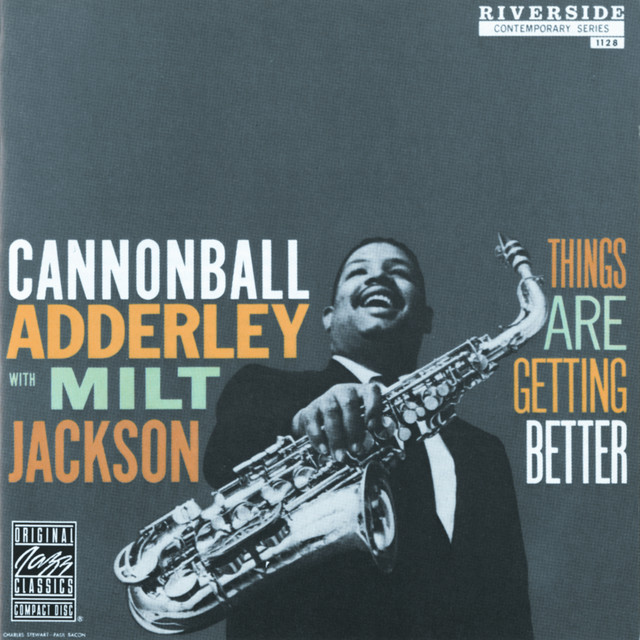Happy new year, everybody. I’m practicing a lot of slow tempos lately, so here are some Reed interpretations that will be familiar to all jazz students, written out to suggest double time during a ballad. You’ll be using sticks to play the exercises, but once you’ve gotten these together, you should be able to render something similar with brushes. First, without getting too much beyond the scope of a little blog post, we should clarify a few things about this feel. Give a listen to this recording of Dexter Gordon playing Body & Soul:
The tune is in 4/4, with a quarter note pulse of about 57 beats per minute, using what I call a compound subdivision of both triplets and straight 8th notes— any musician may play off of either subdivision at any time. You can also hear that at different moments, they may generate a swing feel based on the even 8ths, as if they were quarter notes at ~114 beats per minute. You can hear that most clearly during the piano solo after about 4:58.
Reading out of Syncopation, then, the slow quarter note pulse of our imaginary original ballad feel will fall on the half notes in Reed. So one measure of ballad 4/4 will equal two measures out of Reed, using this time feel:
To further muddy the waters, if we forget about the ballad thing, and just play Reed at a medium tempo (say, oh, 114 bpm), with the above time feel, we’re actually making a half-time feel out of it by putting the hihat on beat 3, and playing half notes (plus the skip note) on the ride cymbal. But that’s rarely done in jazz— virtually all of the time you play this feel, it will be because you are doubling up on a slow tempo. So we are learning vocabulary for an implied time feel, and you should not expect to see this exact feel, with the hihat on 3, “in nature.”
Now that we’ve settled that, on the examples, we’ll be using the first four measures of the long exercise on p. 37, which should be very familiar to you. We’ll be orchestrating the melody line— the top line— with our time feel, and ignoring the bottom line. You’ll be practicing these applications while reading pages 32-44 of Reed.
See how we’ll apply this to our ballad feel after the break:
Here’s how that would look with our time feel, with the snare drum playing the melody. Swing the 8th notes, and add the bass drum either on 1 and 3, or just on beat 1, or leave it out altogether. You should also play this with the bass drum, and then with the hihat, playing the melody line:
And with the familiar long note/short note interpretation. Here the snare drum plays the short notes (the untied 8th notes), and the bass drum plays the long notes (tied 8th notes, quarter notes, dotted quarter notes, anything else). You should also divide the rhythm between all combinations of LH/RF/LF, plus LH/short-both feet together/long.
For the interpretations using the filled-out triplets, you may want to do the next three exercises as warmups:
Back to Reed, then, here is that same line of music with the bass drum playing the melody, left hand filling out the triplets:
If you do the triplets my way, you’ll also leave out some notes when there are multiple snare drum notes in a row implied— there are only a couple of places where that happens in our example, in the middle of measure 2 and at the end of measure 4. Again, you can divide the melody/filler between any two limbs, or play any long note/short note variation above, while filling out the triplets with the remaining limb.
We’re still dealing with a ballad feel here, so you’ll need to be very judicious in how you use this type of thing— you will basically never play as densely in the field as you are in these exercises. Not on a normal ballad, anyway. But the basic facility will be there if you ever need it. It will also help you play Misterioso.





